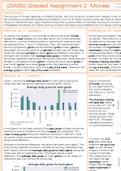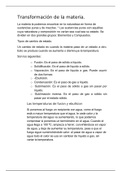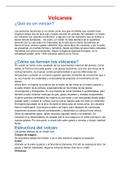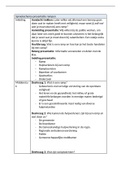Resume
Summary Cultural Industries
- Cours
- Établissement
Summary (English) for the course Cultural Industries (all the weeks) from the faculty of Economics and Business (Minor in Business Administration: Managing Strategy and Marketing).
[Montrer plus]









